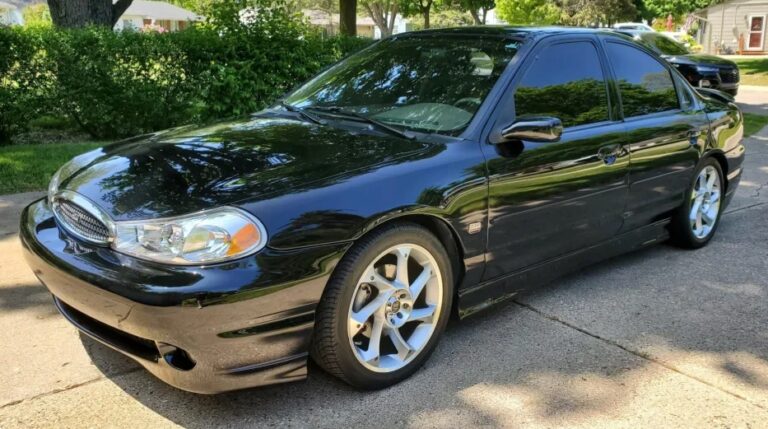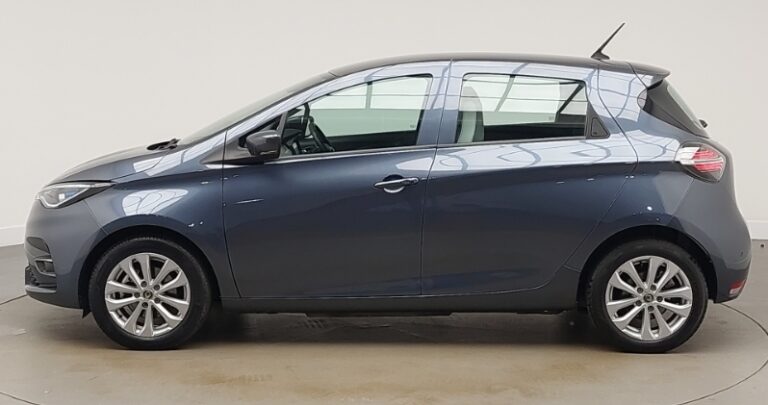The Evolution of the Chevrolet Aveo
The Chevrolet Aveo is a subcompact car that has undergone significant transformations since its inception in the early 2000s. Designed for global markets, the Aveo has served various roles—from a basic commuter vehicle to a feature-rich compact car. Its evolution reflects changes in consumer preferences, safety regulations, and technological advancements. Below, we take an in-depth look at the history and development of the Chevrolet Aveo, detailing the years produced, models, and trim levels offered throughout its journey.
The Beginnings: 2002–2006
First Generation (T200): The Chevrolet Aveo was first introduced in 2002 as a replacement for the Chevrolet Metro. It was based on the Daewoo Kalos, developed by the South Korean manufacturer Daewoo, which GM acquired in 2001. The Aveo was aimed primarily at budget-conscious consumers seeking fuel efficiency and affordability in a compact size.
- Production Years: 2002-2006
- Models and Trim Levels:
- Aveo 4-Door Sedan: Offered with basics for affordability, this model provided a straightforward entry-level vehicle.
- Aveo 5-Door Hatchback: A more versatile option with additional cargo space and a sportier look.
Trim levels primarily included:
- Base: Included essential features like air conditioning and a basic audio system.
- LS: Added power windows and locks, as well as upgraded upholstery.
- LT: This trim offered more features like upgraded audio, alloy wheels, and enhanced interior materials.
During its first generation, the Aveo built a reputation for being an economical choice, appealing predominantly to younger buyers and those seeking basic transportation.
The Mid-Life Update: 2007–2011
Second Generation (T250/T255): The model underwent a substantial overhaul in 2006, with the reimagined Aveo debuting in 2007. The new design featured a more modern aesthetic and improved safety features to adhere to evolving regulatory standards.
- Production Years: 2006-2011
- Models and Trim Levels:
- Aveo Sedan: Retained the four-door sedan format, but with updates in design and technology.
- Aveo Hatchback: Continued its offerings in the five-door layout, appealing to those who appreciated its utility.
Trim levels commonly included:
- LS: The base model which offered essentials, marking a practical choice for budget buyers.
- LT: Offered upgrades like a better sound system, improved interior finishes, and alloy wheels.
- LTZ: Introduced higher-end features like leatherette seats, heated front seats, and advanced audio features, making the Aveo more appealing to those desiring comfort alongside economy.
The Aveo’s performance remained modest, with a 1.6L engine delivering adequate power suitable for city driving.
.

.
The Final Redesign: 2012–2018
Third Generation (T300): In 2011, Chevrolet unveiled the third generation of the Aveo, branded as the Sonic in the U.S. market, responding to consumer demands for more style and performance in the subcompact segment. The new model was notably larger and featured a more aggressive styling approach, comprehensive safety features, and improved fuel economy.
- Production Years: 2011-2018 (Global model continued until 2019)
- Models and Trim Levels:
- Sonic Sedan: Retained the four-door configuration but with a sportier demeanor.
- Sonic Hatchback: Offered a versatile design with increased cargo capabilities.
Trim levels expanded:
- LS: Basic features remained, appealing to cost-minded consumers.
- LT: Added more convenience features and improved interior design.
- LTZ: Offered a higher level of trim with premium features, such as a sunroof, rearview camera, and advanced connectivity options.
- RS: A more performance-oriented version, it included a sport-tuned suspension, exclusive body kit, and stronger engine options, catering to enthusiasts looking for a spirited driving experience.
The Sonic/Aveo was generally well-received, with improved handling, technology features like Chevrolet MyLink, and improved safety ratings.
The End of an Era: 2019 and Beyond
By 2018, the Chevrolet Aveo was retitled as the Aveo in many international markets. Production in North America ceased as Chevrolet shifted its focus toward more popular models like the Chevrolet Spark, Trax, and larger SUVs.
The Aveo’s end was largely attributed to a broader trend in the automotive industry, marked by consumer preference shifting towards SUVs and crossovers, diminishing the demand for traditional subcompact cars. While the Aveo/Sonic was initially successful, it later faced a crowded market with stiff competition from other manufacturers that began to dominate the subcompact category.
Transformative Features Throughout the Years
Across its three generations, the Chevrolet Aveo showcased a blend of necessary features and upgrades, adapting to the rapidly changing automotive climate:
- Safety Innovations: The later generations introduced advanced safety features such as stability control, traction control, side airbags, and anti-lock braking systems (ABS) that met and often exceeded federal safety regulations.
- Fuel Efficiency: Fuel economy became increasingly important as gas prices fluctuated. The Aveo’s engines were consistently refined to deliver competitive mpg ratings, though they could occasionally feel underpowered compared to rivals.
- Technological Advancements: In later models, particularly with the Sonic, Chevrolet introduced features like touchscreen interfaces, smartphone integration, and updated audio systems, allowing the Tx in the subcompact space to remain relevant.
- Design Evolution: From its initial boxy appearance to a sleeker design in the Sonic, the styling of the Aveo reflected changing consumer tastes favoring sharper lines and sportier design cues.
Conclusion
The Chevrolet Aveo’s trajectory from a straightforward budget vehicle to a more sophisticated offering in North America exemplifies how manufacturers have had to adapt to changing market dynamics. Although it eventually faded from the Chevrolet lineup, the Aveo played a crucial role in Chevrolet’s offerings for entry-level rides and served a functional purpose for millions of drivers throughout its production run. With the automotive landscape continually evolving, the legacy of the Aveo remains a testament to adaptability and responsiveness in a competitive marketplace.







